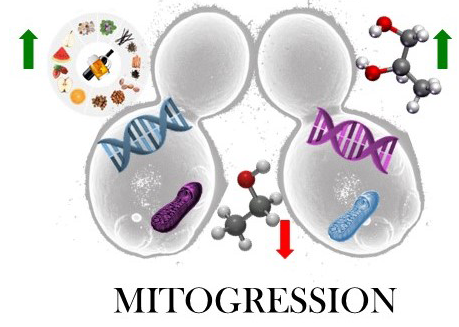Structure and function of the vacuolar Ccc1/VIT1 family of iron transporters and its regulation in fungi
Authors: Raquel Sorribes-Daudéna, David Peris, María Teresa Martínez-Pastor and Sergi Puig
Journal: Computational and Structural Biology 18:3712-3722
Year: 2020
Abstract: Iron is an essential micronutrient for most living beings since it participates as a redox active cofactor in many biological processes including cellular respiration, lipid biosynthesis, DNA replication and repair, and ribosome biogenesis and recycling. However, when present in excess, iron can participate in Fenton reactions and generate reactive oxygen species that damage cells at the level of proteins, lipids and nucleic acids. Organisms have developed different molecular strategies to protect themselves against the harmful effects of high concentrations of iron. In the case of fungi and plants, detoxification mainly occurs by importing cytosolic iron into the vacuole through the Ccc1/VIT1 iron transporter. New sequenced genomes and bioinformatic tools are facilitating the functional characterization, evolution and ecological relevance of metabolic pathways and homeostatic networks across the Tree of Life. A thorough sequence analysis shows that Ccc1/VIT1 homologs are widely distributed among organisms with the exception of animals . The recent elucidation of the crystal structure of a Ccc1/VIT1 plant ortholog has enabled the identification of both conserved and species-specific motifs required for its metal transport mechanism. Moreover, recent studies in the yeast Saccharomyces cerevisiae have also revealed that multiple transcription factors including Yap5 and Msn2/Msn4 contribute to the expression of CCC1 in high-iron conditions. Interestingly, Malaysian S. cerevisiae strains express a partially functional Ccc1 protein that renders them sensitive to iron. Different regulatory mechanisms have been described for non-Saccharomycetaceae Ccc1 homologs. In this mini-review, we explore Ccc1/VIT1 family distribution, characteristics and regulation with special emphasis in fungal species.
Alignments
- CCC1 sequence alignments CCC1_Alignments. The data is used in Figure 1 and Supplementary Figure 1.
Phylogenetic trees
- The maximum likelihood phylogenetic trees CCC1_Trees using IQTree Figure 1 and Supplementary Figure 1.
- The detailed representation of phylogenetic trees can be accessed from iTOL
NOTE: three versions for each file. The untrimmed alignment (CCC1-all), the alignment removing gaps shown in more than 99% of samples with (CCC1-all99) and without the Metal Binding Domain region (CCC1-NoMBD-all99).

